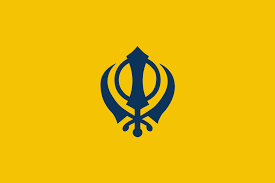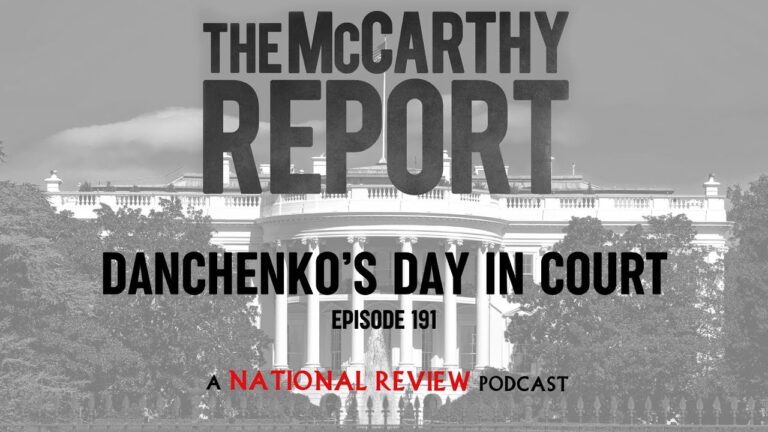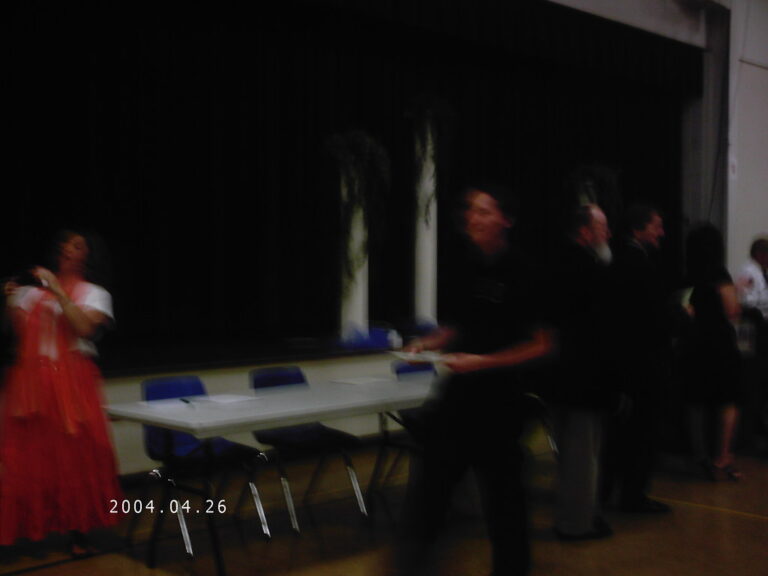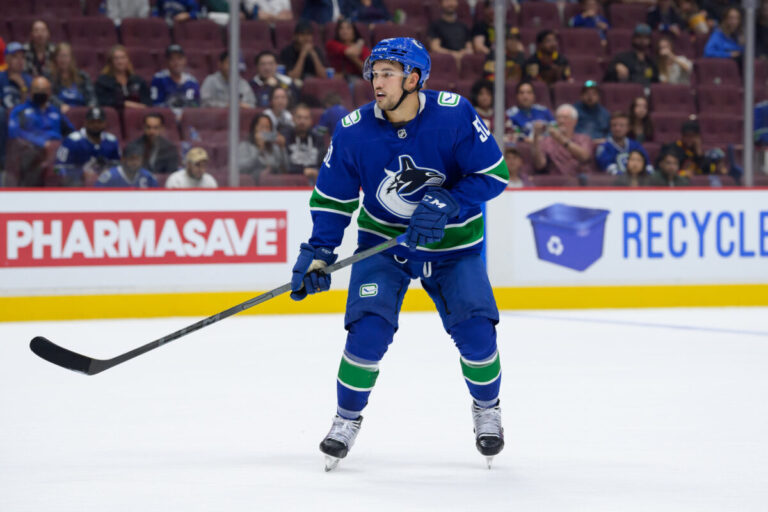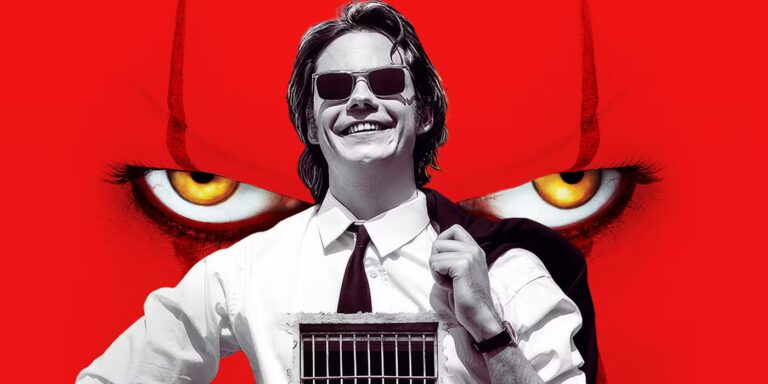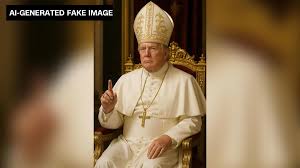
The Significance of the Trump-Pope Imagery
The images of former U.S. President Donald Trump and Pope Francis have become a symbol of contrasting ideologies and values in contemporary politics. Their meetings and exchanges have sparked a global interest, showcasing the intersection of religion and secular leadership in the modern world.
Key Encounters and Photographs
The first significant encounter between Trump and Pope Francis took place in May 2017 at the Vatican. Photographs from their meeting highlighted the differences between the two figures: Trump, a businessman turned politician, and Francis, a religious leader advocating for humility, compassion, and social justice. As they stood together in the Vatican, observers noted the body language between the two – Trump’s firm posture contrasted with Francis’ softer demeanor, creating a rich dialogue about power and ethics.
Subsequent images captured during their interactions often went viral, with notable moments such as the Pope’s disapproving facial expression when Trump gave his remarks on immigration and border security. These images have been widely shared, serving as a lens through which the public interprets their complex relationship, reflecting broader global tensions.
Impact on Public Perception
The images of Trump and the Pope have influenced public perception significantly. Supporters of Trump used their shared photographs to argue that he received validation from religious leadership, whereas critics often pointed to the images as representations of moral discrepancies. This duality makes these images potent symbols in political discourse.
Social media has played a crucial role in disseminating these images, leading to a variety of interpretations ranging from memes to serious critiques. This interplay between politics and religious imagery raises questions about leadership, faith, and the broader societal implications of their combined personas.
Conclusion and Future Significance
As Trump continues to loom large in American politics and international discussions, the Pope’s steady presence as a moral leader carries its weight. The intersection of their images remains a rich area for analysis, prompting ongoing dialogue about the role of leaders in an increasingly polarized world. Moving forward, the portrayal of Trump and Pope Francis will likely evolve, influenced by ongoing political events and the changing dynamics of religious influence. Observers and scholars will continue to analyze these images for insight into public sentiment and the implications for the future of politics and faith.
